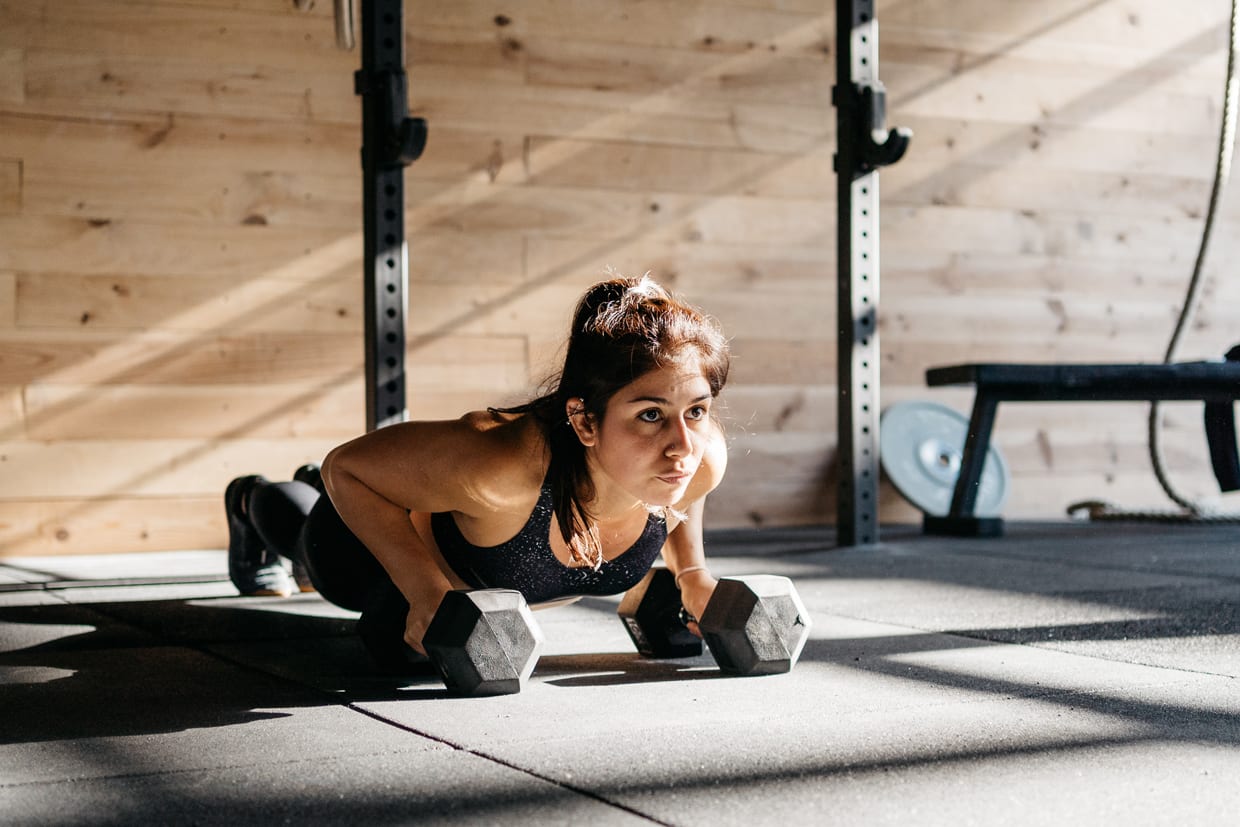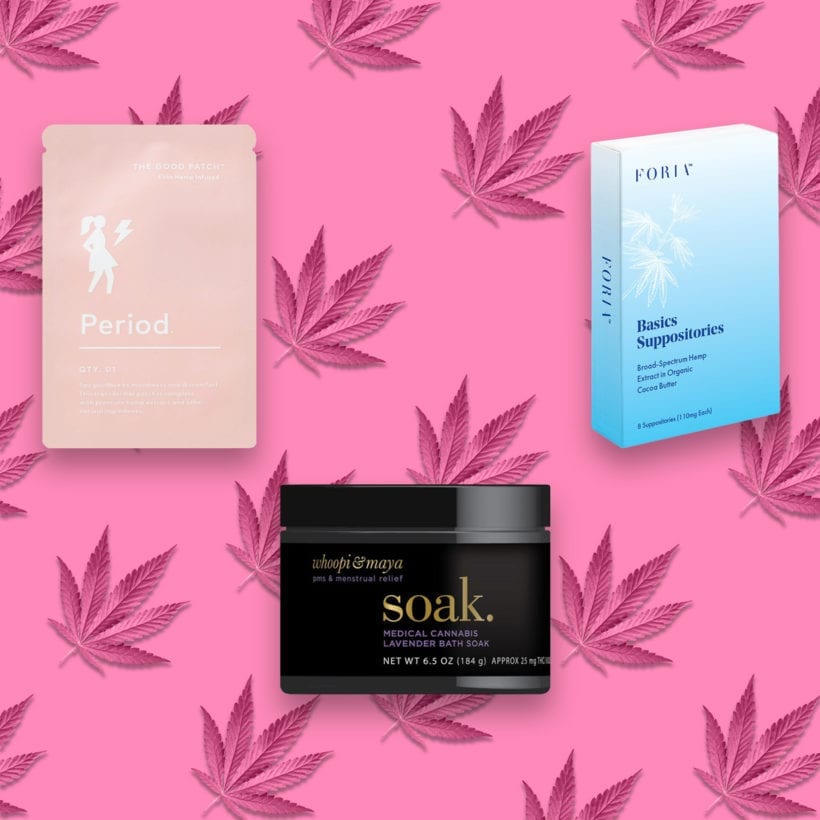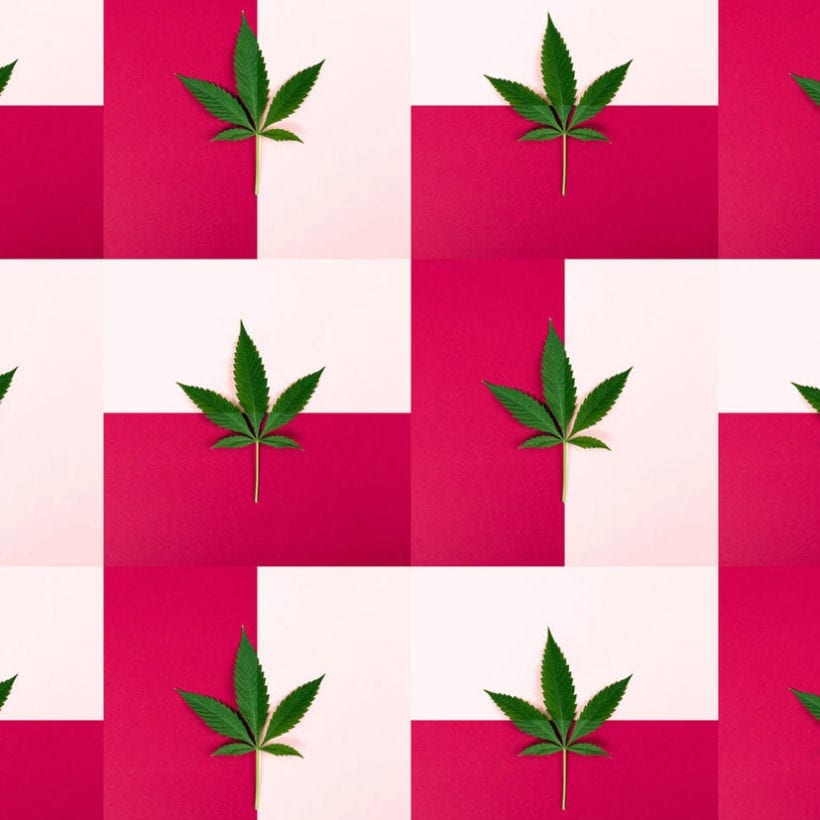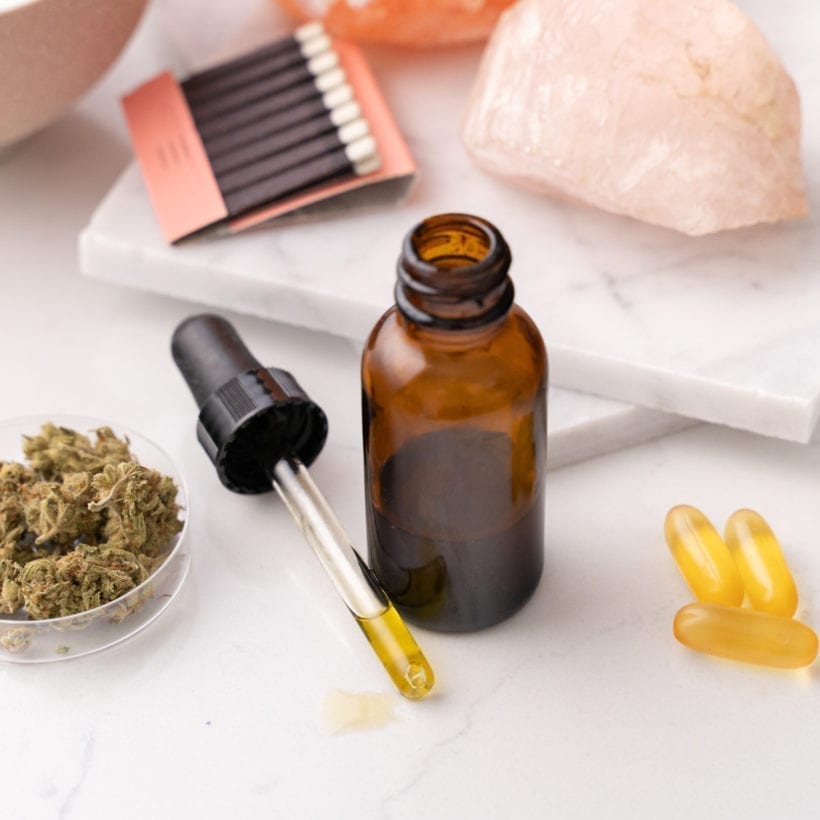Once a taboo topic, cannabis has rapidly evolved into a mainstream ingredient that we can find in almost anything from beauty products to smoothies. It has become even more prevalent in the fitness industry by way of post-workout recovery products, but does it work? And should you use it to reach the gains you are trying to achieve? Our experts weigh in.
First, a Little CBD 101
Cannabis: A drug that comes from Indian hemp plants like Cannabis sativa (commonly known as hemp) and Cannabis indica (marijuana). The main active chemical is THC (short for tetrahydrocannabinol), the psychoactive compound that gets people high. Marijuana can contain up to 30% THC, while hemp legally must contain less than 0.3 percent.
CBD: Short for cannabidiol, is one of the many natural compounds found in the cannabis plant. Antonio Castellanos III, founder, and CEO of Alethiah, a research-driven hemp company, says that unlike TCH, CBD is non-psychoactive. Therefore, phytocannabinoid products containing CBD can be considered safe and federally legal as long as their THC levels do not exceed 0.3 percent.
Hemp Seed Oil: a cold-pressed extract from the seeds of the hemp plant and does not have any CBD in it. CBD and hemp seed oil come from two different parts of the hemp plant.
So, How Does CBD Help?

From a skincare perspective, CBD has shown to be effective in fighting acne as it reduces sebum production. Additionally, studies indicate that it may be effective in treating eczema and psoriasis thanks to its anti-inflammatory and antioxidant properties.
CBD is also said to have positive effects on mental health. A 2014 study published by the University of Pennsylvania revealed that 83 percent of surveyed patients taking cannabis for pain said they experienced improved sleep. Additionally, the ingredient might have positive impacts on people suffering from depression. In a 2009 study published by Neurochemistry International, CBD increased dopamine (aka feel-good neurotransmitters) in rats.
There is a ton more research to be done, but we are more and more excited to learn about CBD’s potential. For instance, a 2018 study published in Molecules suggested that topical application of CBD had positive effects in pediatric patients with epidermolysis bullosa (a rare genetic condition that causes fragile and blistering skin). The use of oils, creams and sprays containing CBD lead to a reduction in pain and blistering, as well as rapid wound healing in patients who used them.
Why Is CBD in Lots of Post-Gym Recovery Products?
Nowadays, one of the most popular uses for CBD is post-gym recovery to heal achy joints and muscles. Along with your protein bars, you can start stashing your gym bag with CBD-packed products like ointments and gels to help you immediately recoup after an intense kickboxing class.
As an alternative to Western medicine, a 2015 study in the European Journal of Pain found that the topical application of CBD significantly reduced joint pain and swelling in rats with arthritis. Similarly, a 2012 study published in the Journal of Experimental Medicine also found that cannabinoids significantly reduced inflammatory and neuropathic pain responses in rats.
How Does It Work?
You first need to understand a little bit about the endocannabinoid system (ECS), which is a natural and crucial part of our bodies. It protects our homeostasis, which is the body’s way of maintaining equilibrium. It monitors important levels like if your temperature is too high or if you need more sleep. In simple words, the ECS keeps your body in a balanced state.
The ECS consists of three things: endocannabinoids (cannabis-like substances that naturally occur inside us), receptors in the nervous system and enzymes that break down endocannabinoids and cannabinoids.
“It is more difficult for CBD to be absorbed by your body when applied to [the] skin.”
Endocannabinoids are cannabinoid compounds produced naturally by cells within your body and actually activate the same cannabinoid receptors that CBD and THC do. Binding to particular receptors on the surface of cells, endocannabinoids activate internal signal transduction pathways and, ultimately, exert positive effects through their cellular response.
Castellanos says that researchers are finding CBD pivotal in regulating a wide range of physiological processes – including appetite, sleep, anxiety level, mood, cognition, how you experience pain and more – your ECS is vital to your well-being!
The ECS can regulate these functions through two cannabinoid receptors: CB1, which lives in your central nervous system, and CB2, which resides in your peripheral nervous system. CBD binds weakly to these receptors so you can get the therapeutic effects without any of the added high (unlike THC, which bonds strongly to those receptors).
What Does CBD’s Concentration Mean?
The concentration is the amount (or strength) of specific bioactive chemicals used in topical products to facilitate efficacy and outcomes. In other words, the number of milligrams (concentration) of CBD along with other phytocannabinoids will dictate how effective your product is, says Castellanos. “The concentration of CBD is very important for topical products because it is more difficult for CBD to be absorbed by your body when applied to [the] skin,” adds Abigail Kalmbach, Ph.D., Chief Science Officer for Mighty Self.
Different products contain different concentrations. Some CBD sprays contain 120 milligrams of CBD, while other body rubs can have up to 400 milligrams. A product like a CBD bath bomb will deliver very little CBD to your system since the bathwater dilutes it.
To help find the right concentration that works for you, instead of slathering on as much product as you can, Castellanos suggests starting off slowly by applying a small amount of CBD first, and then gradually increasing the amount according to your specific needs. There is no question that an efficacious product can penetrate the skin and get into the body. On the skin, the right topical balm acts as a counter-irritant — a direct way to receive the beneficial effects of phytocannabinoids and essential oils. When looking for topical products, try searching for products with higher concentrations of CBD, says Kalmbach. Higher levels are more effective, as they are absorbed better into the body.
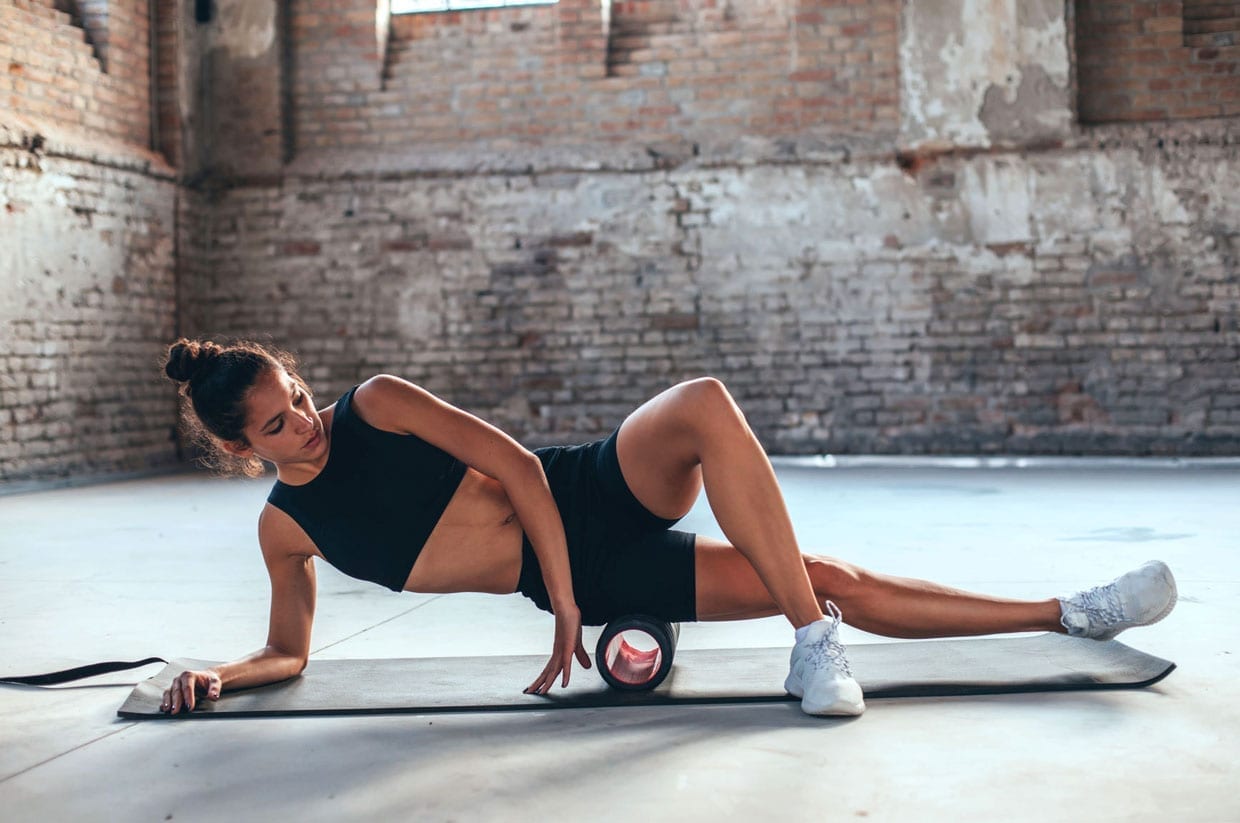
What Else Should I Keep in Mind?
If you are using CBD primarily to reduce post-workout inflammation, regular use of CBD products can hinder your training performance, says Alex Harrison, Ph.D., Sport Physiology & Performance, CSCS, USAW-1, sports performance coach for Renaissance Periodization.
“When you’re training, you [actually] want an inflammatory response, as it is what drives adaptations in the coming days of recovery from the training session,” he explains. “If you shut down the inflammatory response by use of some anti-inflammatory substance or procedure, you’re likely to get less adaptation to the hard training just completed.”
Breastfeeding and expectant mothers should exert caution before using CBD products of any kind as well. “There is limited research on the effects of CBD on a fetus, so if you are wondering if you can take CBD oil while you are pregnant, it’s always best to schedule a meeting with your OB-GYN,” he advises.
Should You Believe the Buzz?
The legalization of cannabis in certain states has spawned new high-quality topical products with fewer side effects, and a better efficacy rate. Historically, there has been a stigma attached to marijuana and hemp, whereas now its legalization is legitimizing cannabis into wellness routines.
When compared to more conventional soothing ingredients like menthol and peppermint, topical CBD actually treats the condition itself instead of solely focusing on symptoms, while giving long-lasting relief,” says Kalmbach.
CBD will affect everyone differently, and there is still a lot to learn about its benefits, but to be blunt (pun, intended), it looks very promising.
We only recommend products we have independently researched, tested, and loved. If you purchase a product found through our links, Sunday Edit may earn an affiliate commission.
